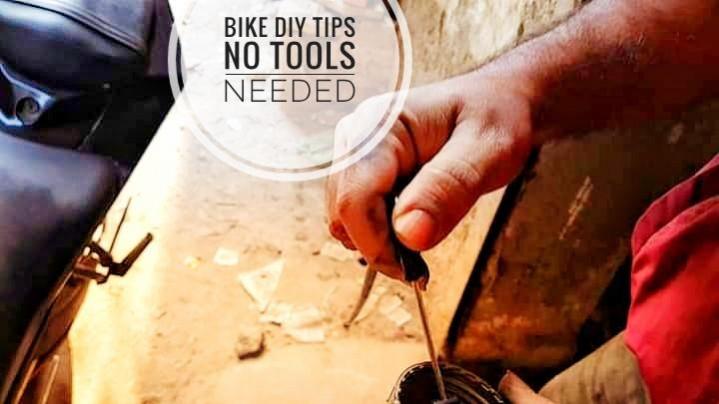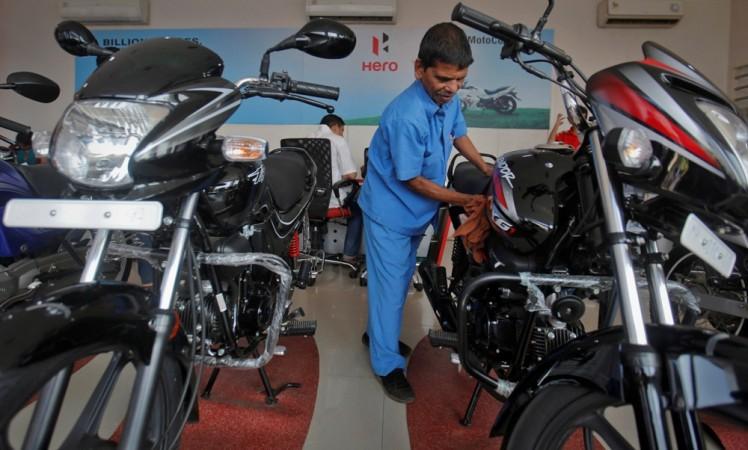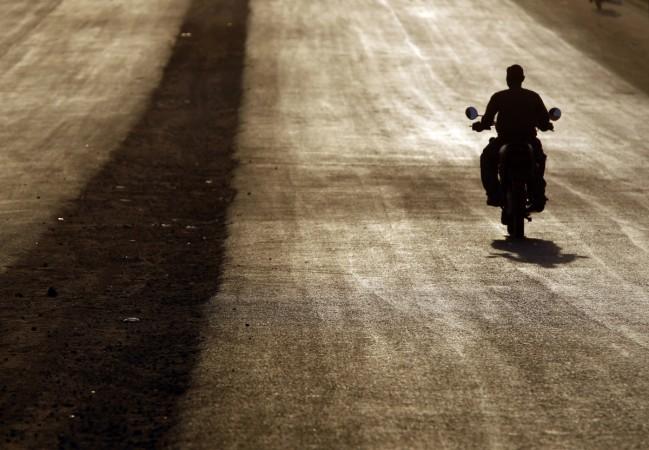If you're reading this article, we take it that you have a motorcycle. And if you have a motorcycle, we think you must be one of the following:
— Someone who has been using their motorcycle once a week to get the essentials, and hopes to continue to do so,
or
— Someone who has not been using their motorcycle at all in the past three weeks and, in all probability, will not be able to use it for a minimum of two more weeks.
If you come under the first category, you're sorted. You don't really need this article. However, you may still choose to read on as you too might find these motorcycle tips useful. Those who come under the second category are definitely the ones who'll benefit the most from these motorcycle tips. So here they are:

Hide your diamond
'Use a cover', is what we're saying, unless you've parked your prized possession in your bedroom. However, this comes with a caveat. At the outset, there are no two ways about the fact that you really should cover your bike (tie a bedsheet if you didn't buy a body cover for your bike when you could) to protect it from the harsh sun, dust, bird droppings, and rain, if you park in an open area. However, it's not recommended much for basement parking.
Why? Well, first of all there's no sun, rain, hail, snow, etc., in a basement parking, and even the dust isn't as much a worry as it is in an open space. What's actually worrisome is the fact that most underground parkings are a bit dark and damp, making them the perfect playgrounds for rodents to have hide and seek tournaments. On top of it, a body cover makes an already vulnerable stationary bike more conducive for the rats to have their meals and conferences in peace, where they sometimes nibble your wires by mistake, or due to sheer gluttony. You don't want that.

The idea is to just protect the rubber and plastics (and chrome if you own a classic or a modern retro) from direct sun. As long as that's covered (via a body cover, shed, etc.), you're covered.
Take a stand
Park your bike on its main stand, if it has one. The objective is to take the weight off the tyres and suspension. If your bike doesn't have a main stand, move it a bit further ahead or back at least twice a week to avoid the same contact patch of rubber taking the brunt throughout. Also, if you have an air pump, air up both the tyres a couple of units (psi) higher than the maximum level recommended in your bike's manual.
Keep the pulse running
Keeping the battery charged is imperative. Therefore, start your bike at least once a week and let it idle for 4-5 mins. Thereafter, you may rev it a bit, but do not redline it. If you foresee that you won't be able to start the bike for a long time (anything more than a fortnight), disconnect the battery's negative terminal.
Chain reaction
Inspect the chain. If you notice a redox reaction of iron and oxygen, commonly known as rust, pick up a toothbrush and clean the chain with it. Then lube the chain with whatever cooking oil you have in the kitchen. Wipe off the excess oil from the sides of the chain. Please note that this is a stop-gap arrangement if you do not have a dedicated chain cleaning solvent and lube. Also, even if it's tempting, under no circumstances are you supposed to brush your teeth with the same toothbrush.

Cleanliness is next to godliness
It's true for humans, and it's true as well for motorcycles. However, you must remember that, unlike you, your motorcycle doesn't perspire. Therefore, while YOU may feel the need to bathe thrice a day, your bike doesn't. In fact, it can even do without a proper bath for months if you have been putting in a little effort daily, which involves going beyond the rudimentary "dusting the seat and tank" procedure.
However, if you must wash the bike, do it only if you're sure that you'll be able to wipe it absolutely dry with a soft cloth. Else, just a thorough dusting off is all that's required. Use three separate cloths though: one for the upper half (headlamp, instrument console, handlebar, tank, seat, side panels, etc., right up to the tailight); one for the lower half, and one for the wheel rims, spokes, and underbelly.
These are the most basic dos and don'ts you need to follow in this lockdown to ensure that your motorcycle doesn't throw tantrums when it's time to finally ride!

















![India Auto Roundup: Maruti Suzuki, Mahindra have exciting launches in November [details here]](https://data1.ibtimes.co.in/en/full/805520/india-auto-roundup-maruti-suzuki-mahindra-have-exciting-launches-november-details-here.jpg?w=220&h=135)